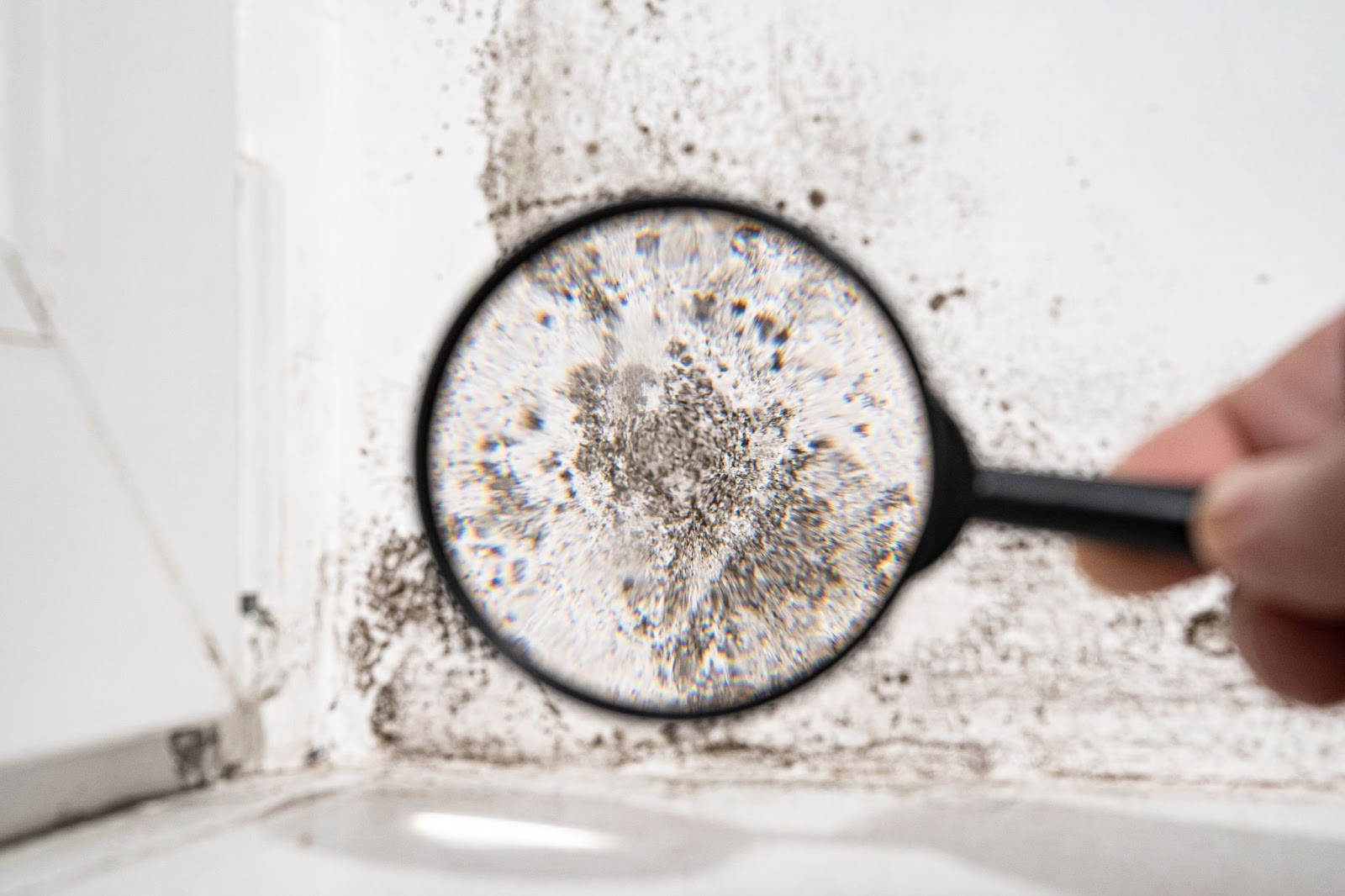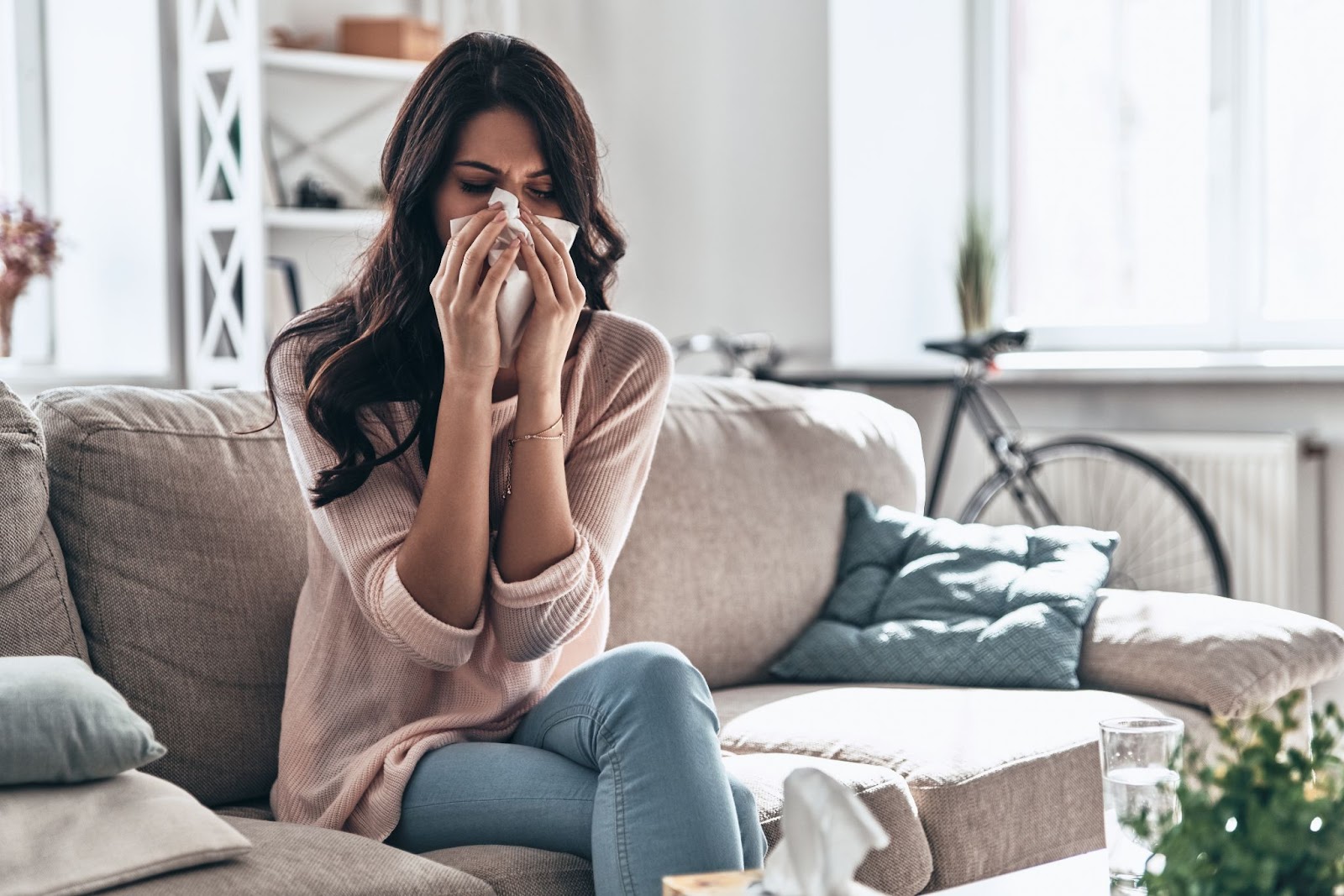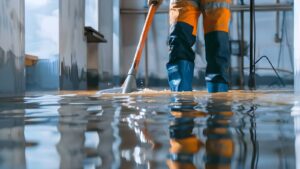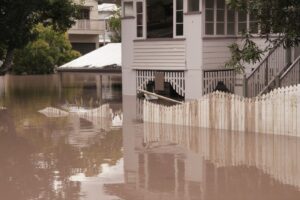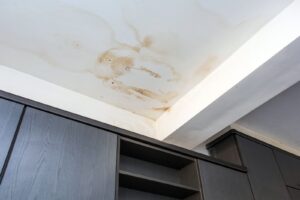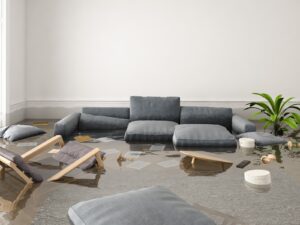Mold allergies are caused by an immune system reaction to mold spores — the microscopic seeds that molds use to reproduce. These allergic reactions lead to various symptoms that commonly impact the respiratory system.
When people with sensitive respiratory tracts inhale mold spores, their bodies treat these spores as invaders, triggering allergic responses. This results in a spectrum of mold allergy symptoms ranging from mild to severe.
Some individuals experience immediate allergic reactions, which include a runny nose, nasal congestion, sneezing, and a stuffy nose. Others may suffer from delayed responses characterized by respiratory allergy symptoms such as a cough, shortness of breath, or even the development of allergic asthma.
Those with chronic respiratory conditions like asthma or bronchopulmonary aspergillosis are especially at risk.
Exposure to certain molds potentially heightens the severity of asthma, leading to complications. It’s key to be aware that in addition to the typical allergic symptoms, increased exposure to mold spores may cause persistent irritation of the nasal passages and even lead to sinus infections.
Understanding more about the common types of molds and ways to reduce mold count in living environments is essential for allergy management and prevention.
Common types of molds
Indoor molds grow wherever there’s dampness or high humidity, such as in bathrooms or basements. Some of the most common molds found indoors include Cladosporium, Penicillium, Alternaria, and Aspergillus. Each type of mold has its preferred conditions and places to grow.
For example, Cladosporium typically gravitates toward carpets, fabrics, and wood surfaces, while Penicillium might be found on materials damaged by water.
On the other hand, outdoor mold proliferates in soil, vegetation, and rotting wood, and mold counts in the outdoor air can vary depending on the season, weather, and region. Mold spores from outdoor molds are most abundant during the summer and fall and are often brought indoors on clothing, shoes, and pets, contributing to indoor mold issues.
To mitigate mold allergy symptoms, individuals should monitor local mold counts through weather reports, much like they would with pollen counts, and plan outdoor activities accordingly. In regions with high mold counts, those with mold allergies should limit time outdoors when mold counts peak.
Symptoms of mold allergies
Mold allergies manifest with various symptoms that differ in severity and duration. Individuals may experience immediate allergic responses such as watery, itchy eyes and skin rashes.
A key indicator of a mold allergy is when symptoms appear or worsen in damp environments. Chronic conditions such as sinusitis could also be a sign of a prolonged mold-related allergic reaction.
Upon exposure to mold spores, susceptible individuals may exhibit various allergic symptoms. The immune system identifies mold spores as foreign invaders, leading to an overreaction that causes symptoms. These range from mild to severe and often include:
- Sneezing.
- Runny or stuffy nose.
- Itchy throat or ears.
- Watery, red, or itchy eyes.
- Skin irritation or dermatitis.
Extended exposure to mold aggravates these symptoms, particularly in people with preexisting sensitivities or compromised immune systems.
Respiratory allergy symptoms
Respiratory symptoms due to mold allergies are common and significantly impact a person’s quality of life. These symptoms often involve the nasal passages and lungs. They include:
- Nasal congestion.
- A persistent cough.
- Shortness of breath or difficulty breathing.
For individuals with allergic asthma, mold may trigger severe asthma symptoms, such as chest tightness, wheezing, and increased asthma medication usage. If a person develops severe symptoms, such as significant shortness of breath or a sharp decline in lung function, immediate medical attention is necessary.
Prevention of mold allergies
Preventing mold allergies primarily involves reducing your exposure to mold spores. Whether the mold is indoors or outdoors, you can implement strategies to lessen its impact on your health.
Keeping the environmental conditions unfavorable for mold growth is the cornerstone of prevention. This includes controlling humidity levels, ensuring adequate ventilation, and promptly addressing moisture issues. By taking proactive steps, individuals susceptible to allergic responses to mold will mitigate symptoms and protect their health.
Indoor and outdoor mold prevention strategies
To prevent mold-related allergic reactions, it’s critical to create an environment that hinders mold growth inside and outside the home. Consider the following measures to reduce your mold exposure:
Indoors
It’s essential to control humidity levels within the recommended range of 30-50% by using a dehumidifier. Adequate ventilation is also crucial, especially in areas prone to moisture buildup like bathrooms, kitchens, and basements; consider installing exhaust fans to facilitate air circulation.
Additionally, promptly addressing water leaks in plumbing, roofs, and window sills is imperative to prevent moisture accumulation. Regular cleaning routines should be implemented to eliminate potential mold food sources, such as dust and debris.
Employing HEPA filters in HVAC systems effectively captures mold spores from indoor air, further reducing the risk of mold proliferation. These proactive measures collectively contribute to maintaining a mold-free environment and safeguarding the well-being of occupants.
Outdoors
Proper landscaping is essential to prevent water accumulation near your home’s foundation, so ensure the ground slopes away from the house. Regular gutter maintenance, including keeping them clean and ensuring downspouts direct water away from the house, helps prevent water from seeping into the foundation.
During periods of high mold count, limit outdoor activities and check weather reports for daily mold spore levels to reduce exposure.
For individuals sensitive to mold, wearing a mask during outdoor activities like gardening or lawn mowing will provide added protection. These preventive measures help minimize mold growth and protect against potential health risks associated with exposure.
Identifying and addressing mold sources
Identifying and remediating mold sources is essential for allergy prevention. A systematic approach helps you spot and tackle mold issues effectively:
- Regular Inspections — Periodically check the usual mold hotspots, including basements, attics, under sinks, and around window frames.
- Visible Mold — If you notice visible mold growth, clean it using proper protective gear and mold-killing solutions.
- Hidden Mold — Be aware of musty odors or signs of water damage, which could indicate the presence of hidden mold. Professional assessment may be required.
- Remediation — Professional mold remediation may be necessary for extensive infestations. This helps to prevent the spread of spores during removal.
- Preventive Measures — Implement preventive strategies to reduce the likelihood of mold recurrence.
Black mold and its risks
Among the various types of molds, Stachybotrys chartarum, commonly known as black mold, is notorious and often mentioned in the context of toxic molds. Black mold is a greenish-black fungus that thrives in persistently damp environments, notably in places with water damage, including areas with plumbing and roof leaks.
The risks associated with black mold exposure are particularly concerning because this particular type of mold produces mycotoxins, which are harmful substances that cause serious health effects when inhaled.
Symptoms of black mold exposure mimic those of other mold allergies but may also include aggravated respiratory allergy responses, such as severe coughing, persistent headaches, and chronic fatigue. Those with weakened immune systems or chronic lung illnesses are most at risk for developing serious complications from exposure to black mold.
It’s vital to address visible mold growth as early as possible to minimize risks. Prevention strategies include controlling moisture levels, repairing leaks promptly, using exhaust fans to reduce humidity, and ensuring adequate ventilation in areas prone to dampness.
If black mold is suspected, it is often recommended to seek professional mold remediation services to safely remove the mold and prevent further exposure.
Mold remediation from Total Flood and Fire Restoration
Total Flood and Fire Restoration stands ready to assist with expert services, ensuring your property remains safeguarded and your peace of mind intact.
Trust us to restore and protect your home from the aftermath of water damage and mold growth. Contact Total Flood and Fire Restoration or call 385-503-2846 for 24/7 restoration services


